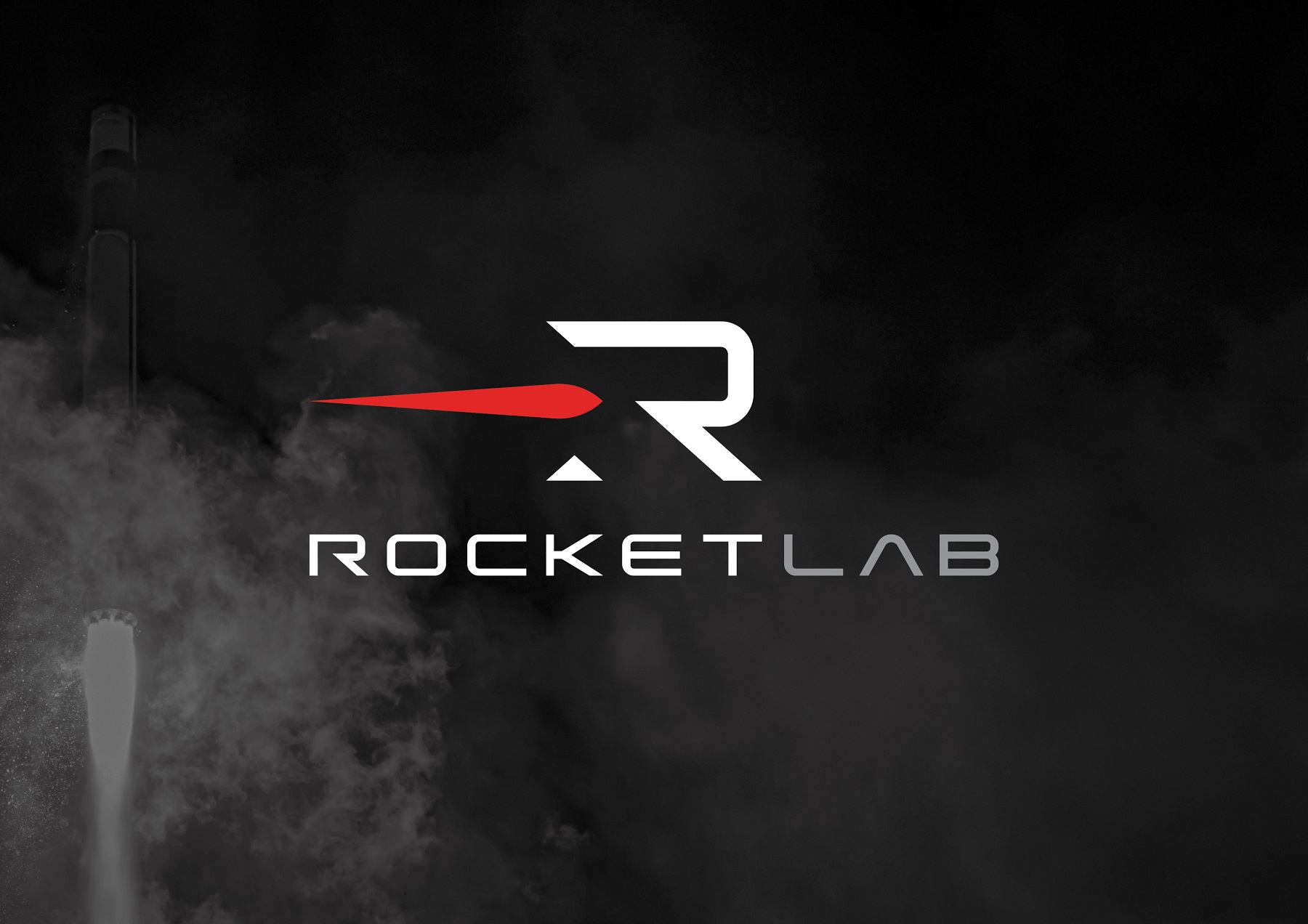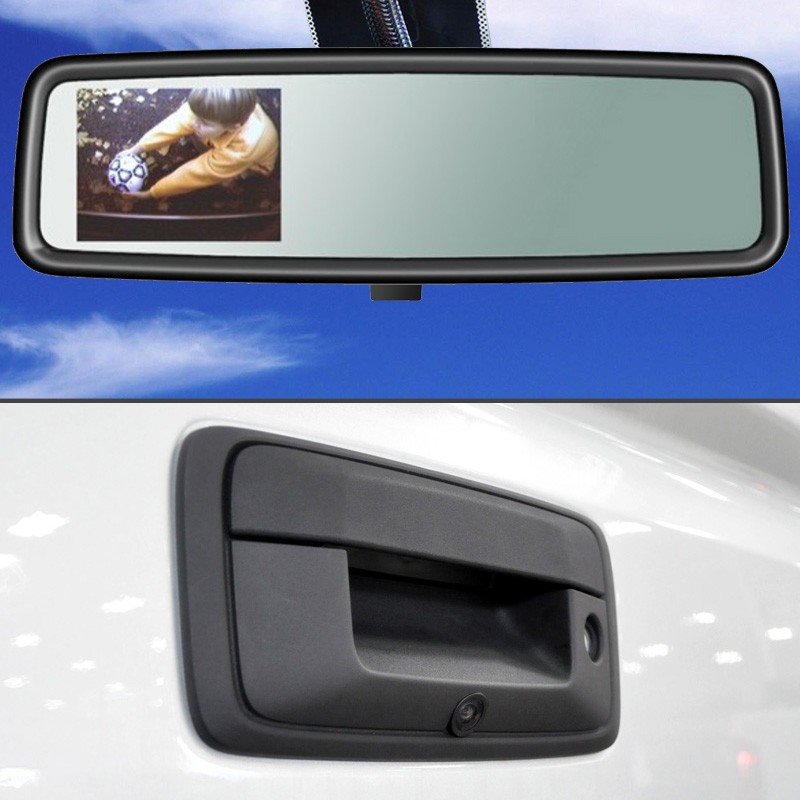NASA Selects Proposals to Further Study the Fundamental Nature of Space

NASA has selected two proposals for concept studies that could help us better understand the fundamental nature of space and how it changes in response to planetary atmospheres, radiation from the Sun, and interstellar particles. The proposals will advance NASA’s heliophysics program and could lead to better protection for both technology and humans as we travel farther from home.
Each of these Heliophysics Science Mission of Opportunity proposals will receive $400,000 to conduct a nine-month mission concept study. After the studies, NASA will choose one proposal to launch as a secondary payload on the agency’s Interstellar Mapping and Acceleration Probe (IMAP).
The proposals were selected based on potential science value and feasibility of development plans. Total cost of this Mission of Opportunity is capped at $75 million and is funded by NASA’s Solar Terrestrial Probes program.
The selected proposals are:
Spatial/Spectral Imaging of Heliospheric Lyman Alpha (SIHLA)
SIHLA would map the entire sky to determine the shape and underlying mechanisms of the boundary between the heliosphere, the area of our Sun’s magnetic influence, and the interstellar medium, a boundary known as the heliopause. The observations would gather far-ultraviolet light emitted from hydrogen atoms. This wavelength is key for examining many astrophysical phenomena, including planetary atmospheres and comets, because so much of the universe is composed of hydrogen. SIHLA will focus on mapping the velocity and distribution of the solar wind – the outpouring of particles from the Sun – helping to resolve our understanding of what drives structure in the solar wind and heliopause. This is an area of research undergoing rapid evolution due to data from NASA missions, such as Voyager, Parker Solar Probe and Interstellar Boundary Explorer.
The principal investigator for SIHLA is Larry Paxton at the Johns Hopkins University Applied Physics Laboratory in Laurel, Maryland.
Global Lyman-alpha Imagers of the Dynamic Exosphere (GLIDE)
The GLIDE mission would study variability in Earth’s exosphere, the uppermost region of its atmosphere, by tracking far ultraviolet light emitted from hydrogen. The proposed mission would fill an existing measurement gap, as only a handful of such images previously have been made from outside the exosphere. The mission would gather observations at a high rate, with a view of the entire exosphere, ensuring a truly global and comprehensive set of data. Understanding the ways in which Earth’s exosphere changes in response to influences of the Sun above or the atmosphere below, would provide us with better ways to forecast and, ultimately, mitigate the ways in which space weather can interfere with radio communications in space.
The principal investigator for GLIDE is Lara Waldrop at the University of Illinois, Champaign-Urbana.
IMAP currently is scheduled to launch in October 2024 to orbit a point between Earth and the Sun known as the first Lagrangian point, or L1. From there, IMAP will help researchers better understand the interstellar boundary region, where particles from the Sun collide with material from the rest of the galaxy. This distant area controls the amount of harmful cosmic radiation entering the heliosphere, the magnetic bubble that shields our solar system from charged particles surrounding it. Cosmic rays from the galaxy and beyond affect astronauts and can harm technological systems. They also may play a role in the presence of life in the universe.
From the start of IMAP mission formulation, NASA’s Science Mission Directorate (SMD) planned to include secondary spacecraft on the launch under the agency’s new SMD Rideshare Initiative, which cuts costs by sending multiple missions on a single launch. This launch will also include a Heliophysics Technology Demonstration Mission of Opportunity – which will be announced separately – to test technologies that can enable future science missions, and the National Oceanic and Atmospheric Administration’s (NOAA) Space Weather Follow-On mission, which will expand that agency’s space weather forecasting capabilities.
“Launching missions together like this is a great way to ensure maximum science return while keeping costs low,” said Peg Luce, deputy director of NASA’s Heliophysics Division. “We carefully select new heliophysics spacecraft to complement the well-placed spacecraft NASA has in orbit to study this vast solar wind system – and our rideshare initiative increases our opportunities to send such key missions into space.”
For information about NASA and space science, visit:





